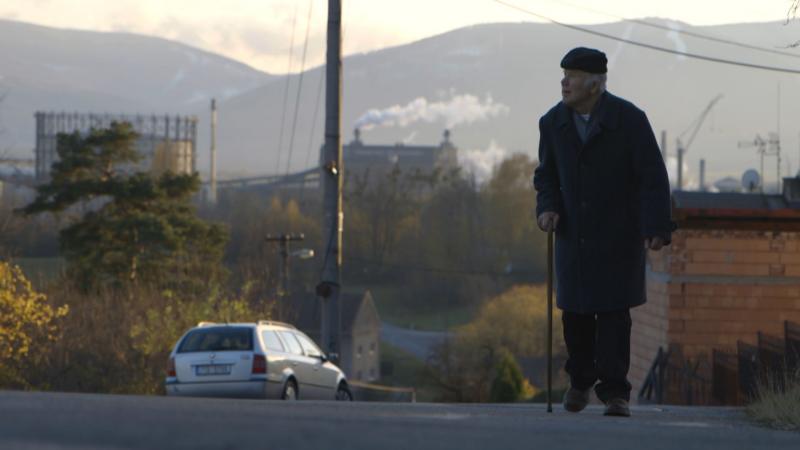
I was hired as the boom operator for a short documentary film called
JOSEF Dělník Milosrdenství
directed by Štepán Vranešic for Noe TV.
The audio was recorded both indoors (in multiple rooms with varying acoustic properties - some with quite perceptible reverberation) and outdoors
(also multiple locations, with a few wide shots where a wireless lav mic was the only solution for recording speech).
The recording was done using a MixPre-6 II with a Sennheiser MKH 416 and a EW100 G3 lav mic (recorded at 48kHz, 32bit FP). The camera was also recording audio for ease of later track syncing.
The speaker's health issues rendered his speech hard to understand. As a result of that the final mix had to be created by combining both the 416 and the lav mic recordings.
In order to make the speech more audible, a few post-production corrections had to be made. I got contacted by František Tomis who was the cameraman and videoeditor.
He sent me the edited version from which I isolated only the tracks with speech. There were around 40 of them.
I imported all the audio into Reaper onto separate tracks and created 2 FX tracks into which all the imported audio tracks were routed (with disabled master send).
The two FX tracks were used for A-B(ing) between 2 versions of the FX that were globally applied on all the tracks (such as declicker, EQ and dynamics).
Fine tuning (such as denoise, declip, dereverb or convolution reverb) was done separately on original channels prior to sending the signal to the global FX tracks.
On some tracks, spectral denoise had to be done in order to get rid of the noise before sending it to the global EQ which had a highshelf boost.
Some tracks had too much reverberations caused by untreated rooms. On those track a subtle dereverb was used.
Combining the 416 with a lav mic created not only phase issues which also had to be corrected, but also an audible difference in sound propagation caused by reverberance.
I found that using dereverb in this situation caused the audio to sound unnatural. I decided to do the exact opposite and use a convolution reverb, into which I inputed the audio with the reverberation.
This served as a basis for mimicking the reverberation (the inputed audio had to be trimmed and bandpassed).
I also found that in some cases pitching up the audio by no more that 50 cents resulted in a much more easy to understand speech.
I believe that this was the result of upping the frequency of the fundamental among with the harmonies.
This approach created an unified sound throughout the film and got rid of most of the unwanted sound anomalies.